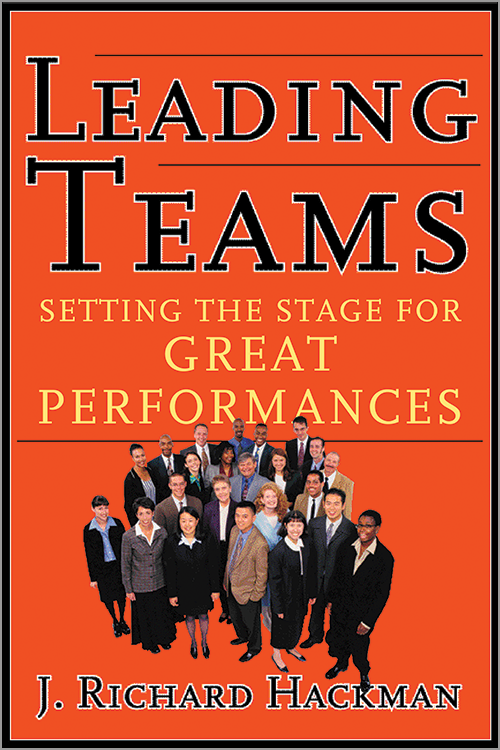Scrum Team: Team Building or Team Work?
Team building or team work?
Team building is well, a bit of a strange idea. Think of great sports teams, did they do “trust falls” or high ropes courses for team building? Great teams form when good people learn to work together, to trust each other, and have an environment where they can learn and grow into a great team.
“OK, where should we start?”
Let’s go back to the basics, what motivates smart people? What kind of environment works best?
I recommend starting with this 10 minute video based on a TED talk by Daniel Pink called “Drive: The Surprising truth about what motivates us.”
The book Drive that the video is based has some great ideas not mentioned in the video and provides some decent evidence to start thinking about what we need to do to create a motivating work place.
As discuss in the training, teams will go through stages. Refresh your knowledge on the Tuckman framework/model for thinking about team formation, and then think about where your team is at. Would sharing this model of team dynamics be useful to your team? Could we incorporate it into a retrospective?
Tuckman’s stages of group development – Wikipedia
A recent article on teamwork covers some of the challenges of modern team work where team members maybe dispersed. COVID19 has taught us much about remote work and yet I still see lots of room for improvement.
And finally this classic book by Richard Hackman on leading teams, that while a bit dated supports many of the ideas presented above.
Leading Teams: Setting the Stage for Great Performances
Richard Hackman, one of the world’s leading experts on group and organizational behavior, argues that teams perform at their best when leaders create conditions that allow them to manage themselves effectively. Leading Teams is not about subscribing to a specific formula or leadership style, says Hackman. Rather, it is about applying a concise set of guiding principles to each unique group situation–and doing so in the leader’s own idiosyncratic way. Based on extensive research and using compelling examples ranging from orchestras to airline cockpit crews, Leading Teams identifies five essential conditions–a stable team, a clear and engaging direction, an enabling team structure, a supportive organizational context, and the availability of competent coaching–that greatly enhance the likelihood of team success. The book offers a practical framework that leaders can use to muster personal skills and organizational resources to create and sustain the five key conditions and shows how those conditions can launch a team onto a trajectory of increasing effectiveness. Authoritative and astutely realistic, Leading Teams offers a new and provocative way of thinking about and leading work teams in any organizational setting.
Use those as jumping off points to additional learning.
Finally, none of this matters if you do not have the environment for effective team to arise. For that you should use Scrum, a team based framework for doing the most important work first, in short cycles, and using feedback (retrospectives) to continually improve the environment and the team.



